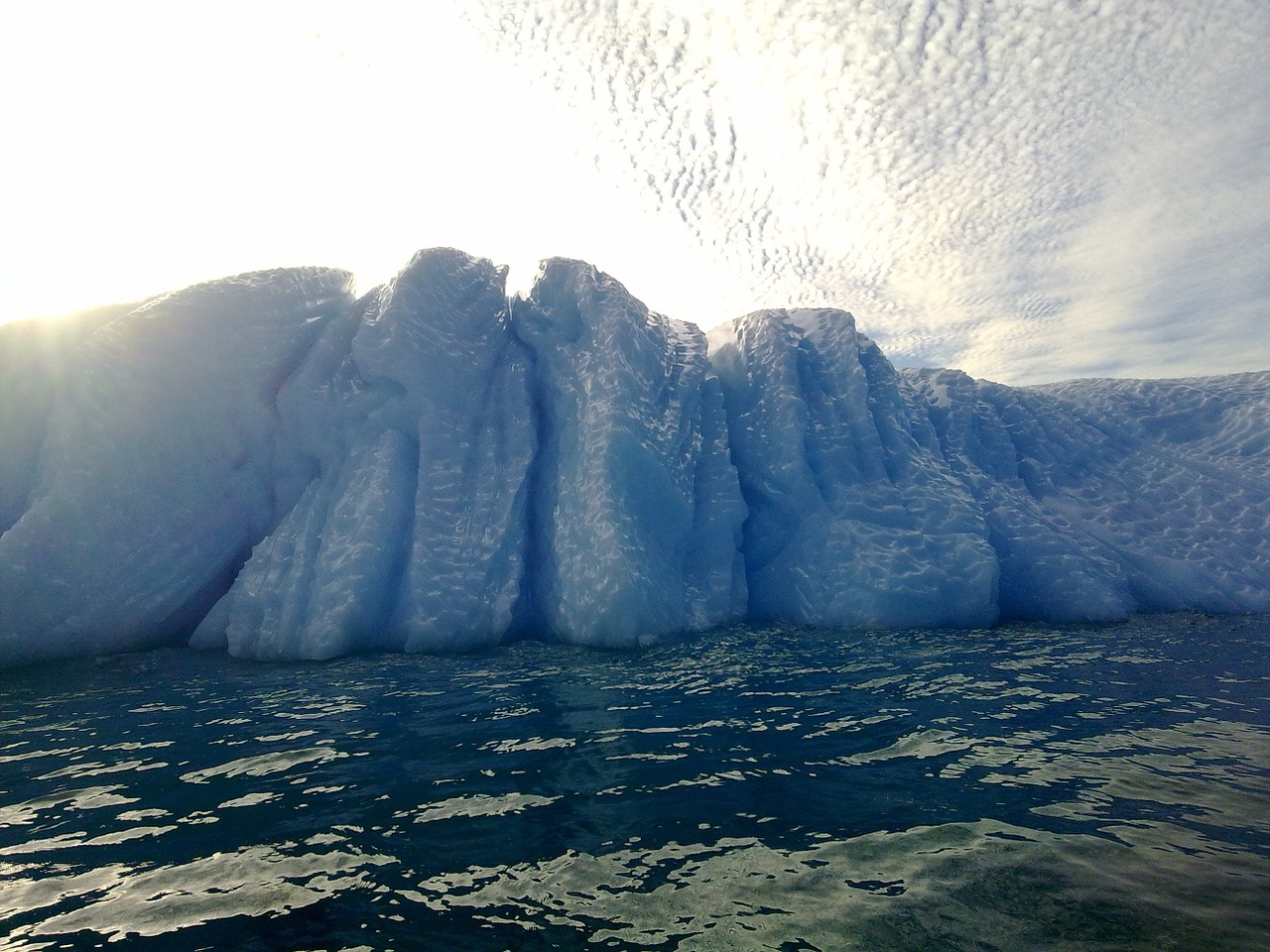
Sci & Tech Editor Daniella Southin explains Greenland’s ice shelf disaster
Forest fires, oil spills and endangered animals are just some of the environmental disasters making headlines each day. The accelerated frequency of these headlines will only match the accelerated speeds of climate change and the disasters that occur alongside, with the collapse of Greenland’s ice shelf among them.
The accelerated speeds of climate change and the disasters that occur alongside.
September saw reports of 110 square km of Greenland’s ice shelf – Nioghalvfjerdsfjorden or 79N – shattering into surrounding seas. The destruction of this once magnificent glacier is caused, scientists suggest, by liquid melt ponds, sitting atop of the glaciers, seeping into fractures and travelling deep into the structures. Known as hydrofracturing, this process weakens glaciers causing catastrophic events, such as 79N’s destruction, to occur.
The destruction of this once magnificent glacier is caused… by liquid melt ponds.
Hydrofracturing, however, is not all that a glacier must withstand if it is to survive this humanity induced catastrophe. With Greenland recording its hottest ever summers in 2019 and 2020, 79N was also battling temperatures 5.4 degrees Fahrenheit higher than the 1980’s. This warms the surrounding seas, melting the glacier from below.
In just 20 years, Greenland has lost the 3.8 trillion metric tons of ice, drastically contributing to global sea rise, a danger for our coastal cities. 79N’s destruction showcases how intertwined each of earth’s processes are and the knock-on effect human interference is having on each.
Greenland has lost the 3.8 trillion metric tons of ice.
Although nature is suffering now, in the future, as Sir David Attenborough explains in his Netflix documentary ‘A Life on Our Planet,’ climate change will permanently destroy humanity but nature will find a way to recuperate. As we watch the possibility of our world shatter on screen, we ignore the ice shelves shattering around us
If the rate of climate change continues, Attenborough’s theoretical world will become our reality; Greenland’s ice shelf just another paragraph in our history books. Let 79N be a wakeup call.
Like this? Read more Sci & Tech articles below:
Marine Wildlife is Suffering at Our Hands
Could Bison, Wolves and Beavers improve the U.K’s environment?
Comments